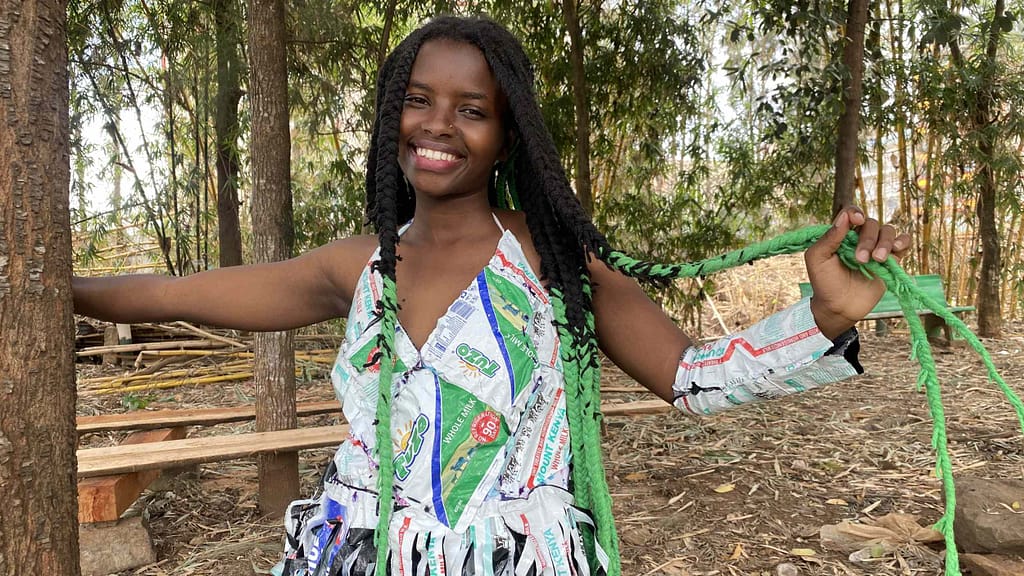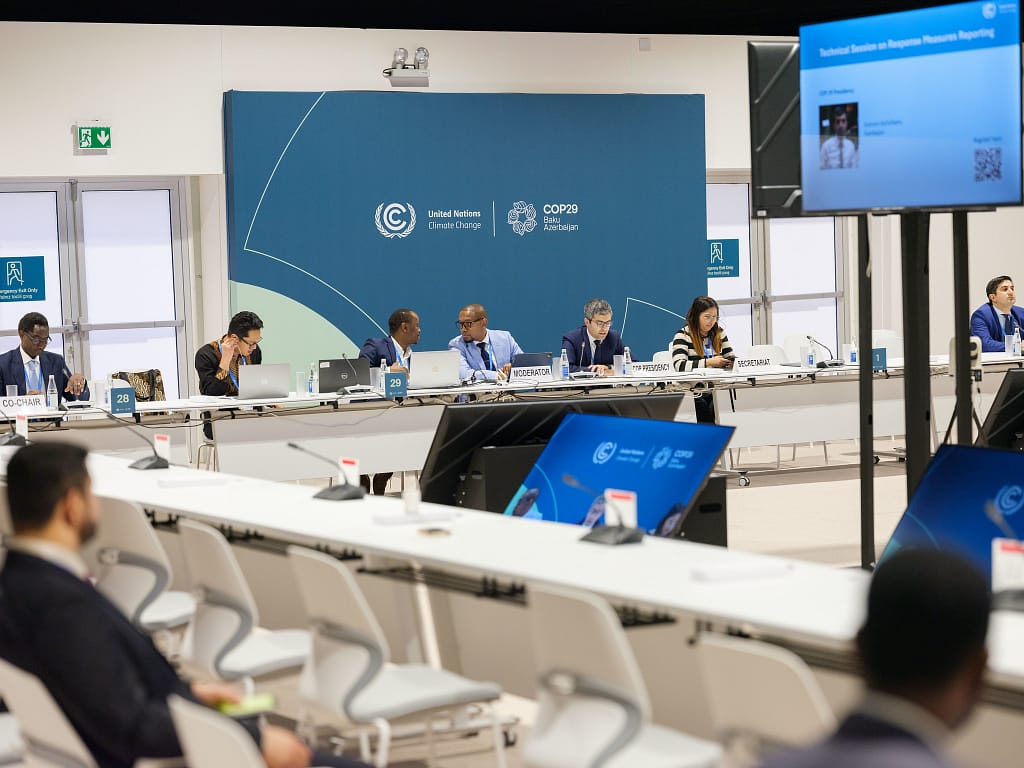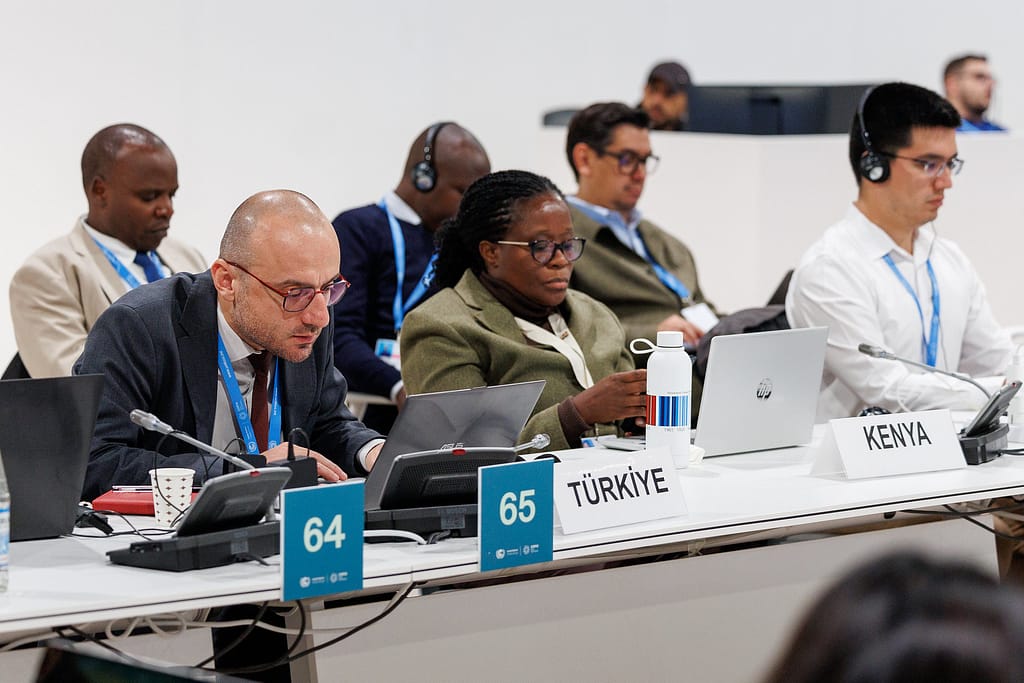Posted inClimate Change
Kenyan Girl to Hug Amazon Tree for 72 Hours Ahead of COP30 in Brazil
“As the world turns its gaze toward COP30 in Brazil, I’m heading to the Amazon with a mission fueled by love, responsibility, and resilience,” Muthoni shared with www.big3africa.org. “I’ll embark on a 72-hour silent tree-hugging marathon at Quilombo do Abacatal.”






